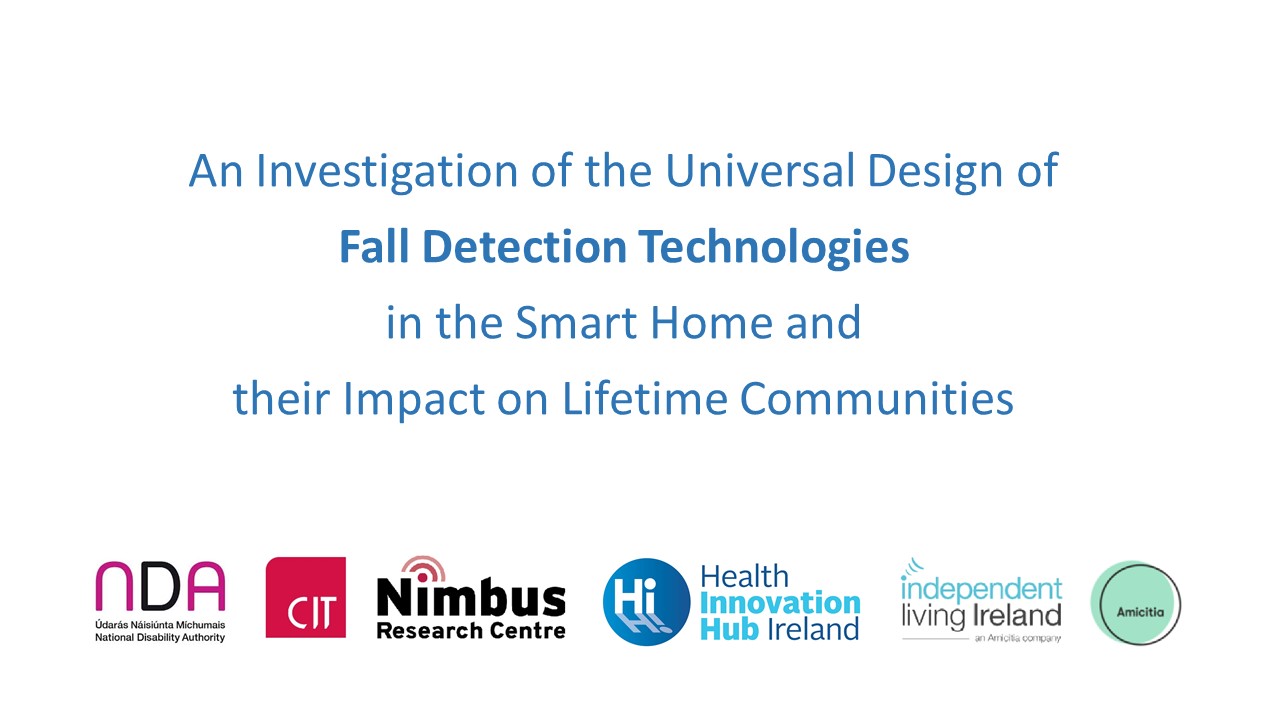ILI – Fall Detection

Our population is ageing and falls experienced by older people can have life changing consequences including serious injuries, disability, psychological consequences and even death. On average one in three older, people fall every year and two-thirds of these fallers will fall again within six months.
The Solutions
Smart technologies used in the home related to the risk of falling are particularly relevant to older people and persons with disabilities. Fall Detection Technologies are useful, can mitigate physical harm due to long lies and reduces danger of falling by alerting care givers of a person moving. They can reduce the emotional consequences of falls by providing reassurances to both people at risk of falling and their caregivers. Fall detection can also have a positive effect on lifestyle by allowing persons at risk of falling to maintain independence for longer. A cost and benefit analysis of a fall detection service has shown that there is a significant economic benefit to provision of such a service in a lifetime community
There is however some weak adherence of fall detection products and systems to the Principles of Universal Design. It is clear that an accurate picture of the gaps and design challenges can help to provide a foundation from which to develop more successful integrated solutions. Few existing Fall Detection Technologies work well or are supported outdoors. Extending the use of Fall Detection Technologies to the community can benefit people at risk to move outside the home and be more active in their community. New and sophisticated Fall Detection Technologies offer great promise. However, many are at a low maturity level and have not gone much beyond the research laboratory.
The full report can be found on this link. HIHI conducted this project with Independent Living Ireland (ILI) and the Nimbus Research Centre in Cork Institute of Technology and was supported by funding from National Disability Authority.
